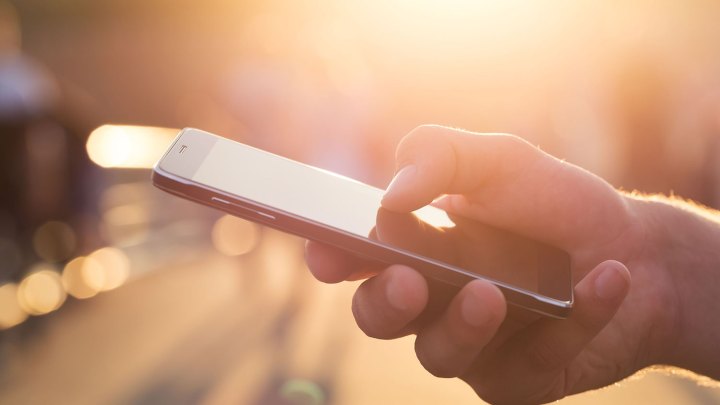
The blunder comes just days after Hawaiian authorities did the very same thing, sending to islanders’ smartphones a warning of imminent attack.
Ten minutes after the Japan alert was issued, the broadcaster, NHK, confirmed on TV that North Korea had not launched a missile in its direction after all, and that the message, sent to everyone with the NHK app, had been sent by mistake.
It’s not yet clear how the alert came to be issued, though there were no reports of the kind of panic seen in Hawaii at the weekend. A spokesperson for NHK later apologized, saying a member of staff had “mistakenly operated the equipment to deliver news alerts over the internet.”
Missile alert
The warning went out at 6:55 p.m. local time, telling people: “North Korea likely to have launched a missile … The government urges people to take shelter inside buildings or underground.”
With tensions on the Korean peninsula recently reaching crisis point, many who saw the warning may have feared the worst. Parts of Japan are just 350 miles from North Korea, so any missile attack would give those in the targeted location only minutes to take evasive action.
On Saturday, officials in Hawaii made the same mistake, sending an alert to smartphones in the state warning of an incoming missile. News shows played video clips of terrified people running for cover in the belief that something terrible was about to happen. Like NHK, the warning was sent by mistake, though it took officials in Hawaii 38 minutes to inform islanders of the gaffe.
The error was reportedly the fault of a worker at the Hawaii Emergency Management Agency who sent the warning to handsets after selecting the incorrect option on a computer during what was supposed to be a training exercise.
The message read: “Ballistic missile threat inbound to Hawaii. Seek immediate shelter. This is not a drill.”
The U.S. House Energy and Commerce Committee said in a statement this week that a subcommittee will examine issues of safety communications, adding that the public “needs to be able to trust that the emergency alert they receive is legitimate. We need to make sure that a mistake like what happened in Hawaii never happens again.”


